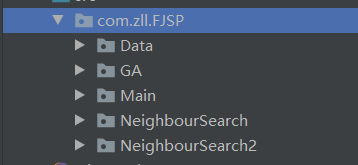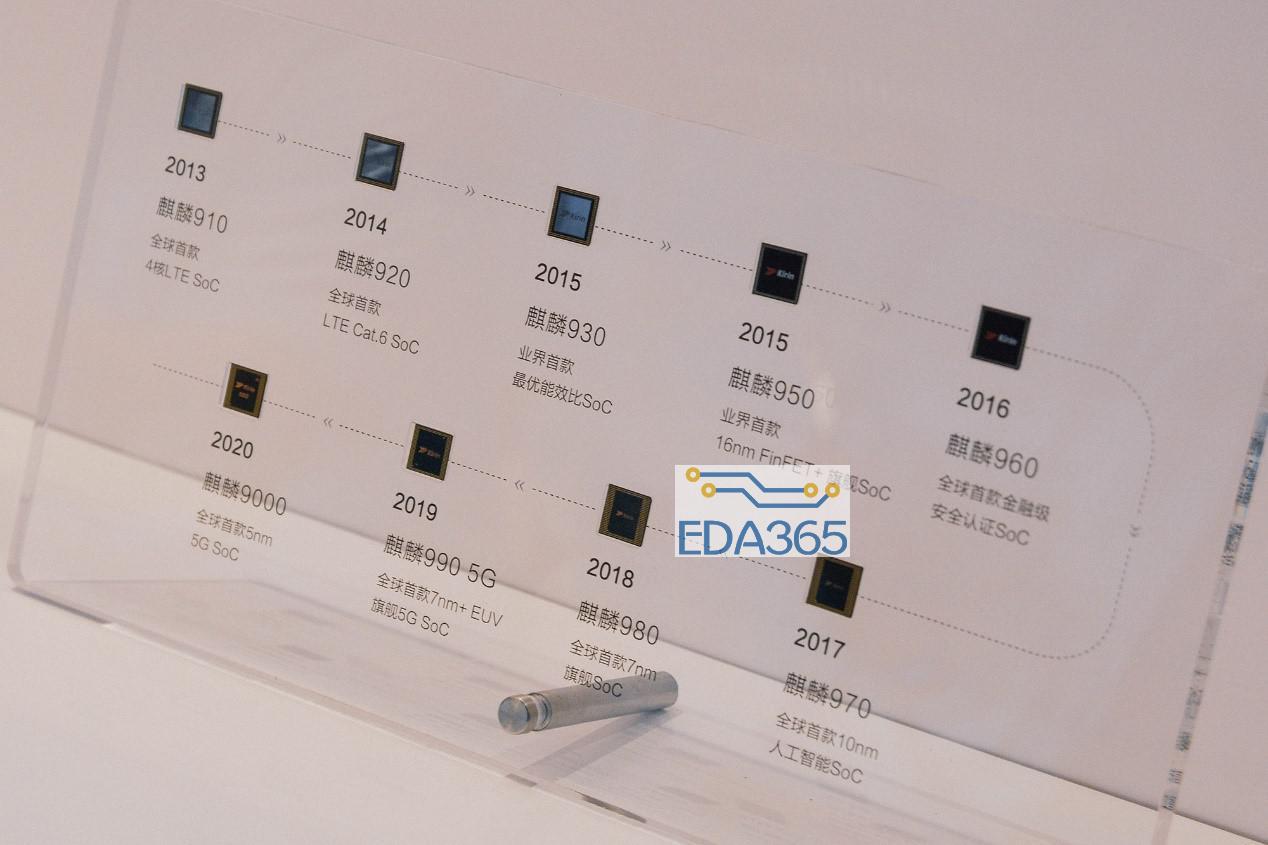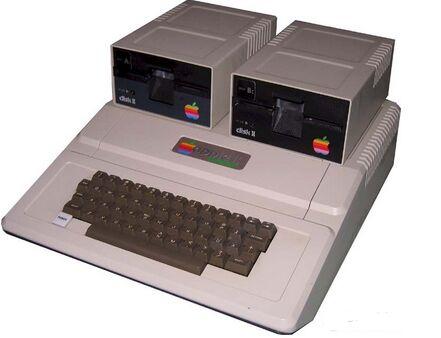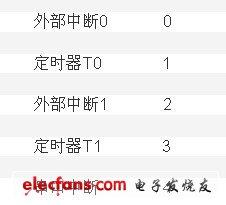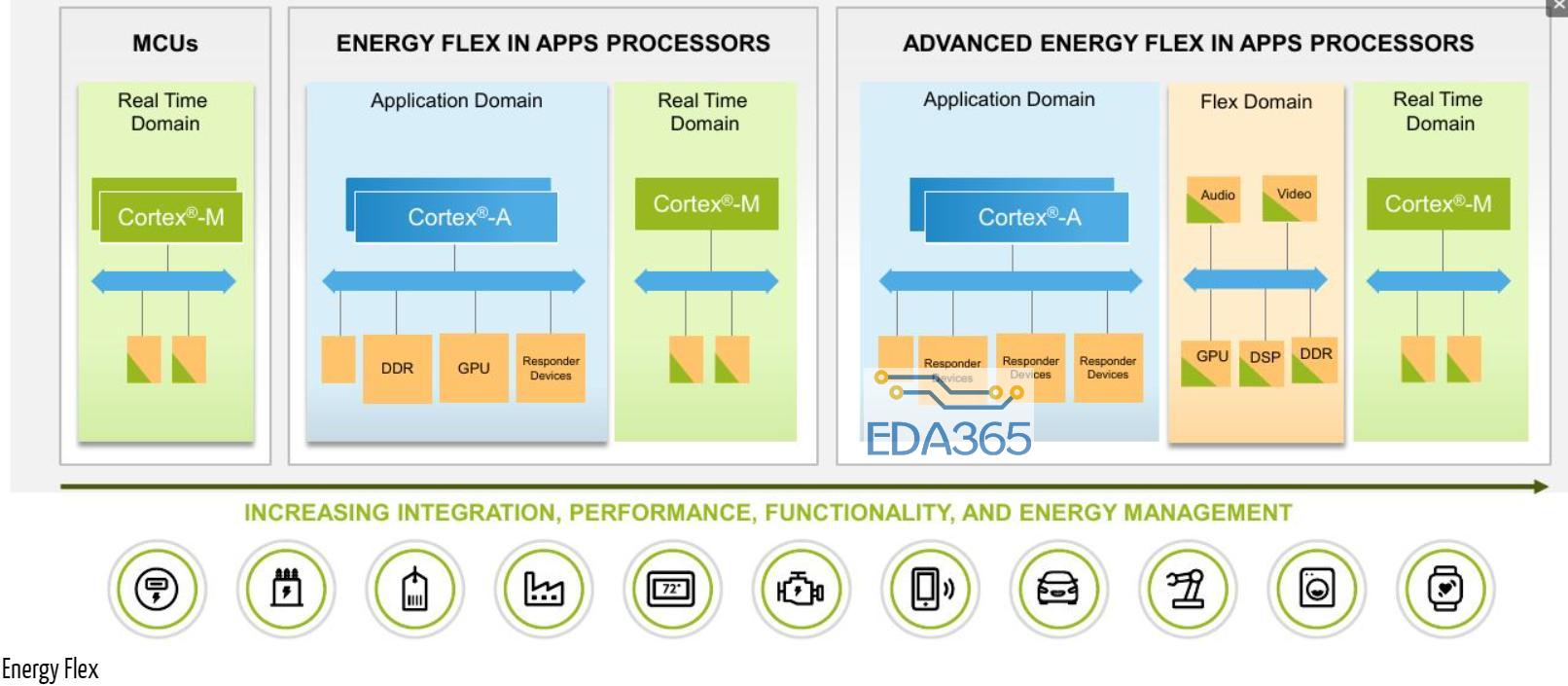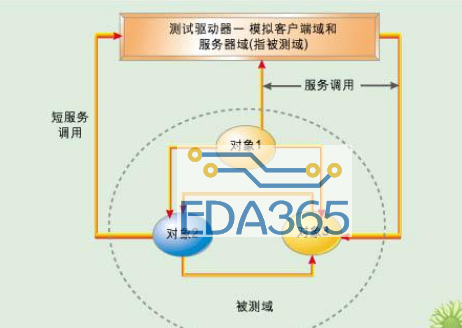在Linux2.6内核中,devfs被认为是过时的方法,并最终被抛弃,udev取代了它。Devfs的一个很重要的特点就是可以动态创建设备结点。那我们现在如何通过udev和sys文件系统动态创建设备结点呢?
下面通过一个实例,说明udev、sys动态创建设备结点的方法。注意代码中红色的部分是为了实现动态创建设备结点添加的。
#include linux/module.h>
#include linux/kernel.h>
#include linux/init.h>
#include linux/fs.h>
#include linux/cdev.h>
#include asm/uaccess.h>
#include linux/device.h>
MODULE_LICENSE (GPL);
int hello_major = 252;
int hello_minor = 0;
int number_of_devices = 1;
char data[50]=foobar not equal to barfoo;
struct cdev cdev;
dev_t dev = 0;
static int hello_open (struct inode *inode, struct file *file)
{
printk (KERN_INFO Hey! device openedn);
return 0;
}
static int hello_release (struct inode *inode, struct file *file)
{
printk (KERN_INFO Hmmm... device closedn);
return 0;
}
ssize_t hello_read (struct file *filp, char *buff, size_t count, loff_t *offp)
{
ssize_t result = 0;
if (copy_to_user (buff, data, sizeof(data)-1))
result = -EFAULT;
else
printk (KERN_INFO wrote %d bytesn, count);
return result;
}
ssize_t hello_write (struct file *filp, const char *buf, size_t count, loff_t *f_pos)
{
ssize_t ret = 0;
printk (KERN_INFO Writing %d bytesn, count);
if (count>127) return -ENOMEM;
if (count0) return -EINVAL;
if (copy_from_user (data, buf, count)) {
ret = -EFAULT;
}
else {
data[127]='';
printk (KERN_INFOReceived: %sn, data);
ret = count;
}
return ret;
}
struct file_operations hello_fops = {
.owner = THIS_MODULE,
.open = hello_open,
.release = hello_release,
.read = hello_read,
.write = hello_write
};
struct class *my_class;
static void char_reg_setup_cdev (void)
{
int error, devno = MKDEV (hello_major, hello_minor);
cdev_init (cdev, hello_fops);
cdev.owner = THIS_MODULE;
cdev.ops = hello_fops;
error = cdev_add (cdev, devno , 1);
if (error)
printk (KERN_NOTICE Error %d adding char_reg_setup_cdev, error);
/* creating your own class */
my_class =class_create(THIS_MODULE, farsight_class);//add by lht
if(IS_ERR(my_class)) {
printk(Err: failed in creating class.n);
return ;
}
/* register your own device in sysfs, and this will cause udevd to create corresponding device node */
class_device_create(my_class,NULL, devno, NULL,farsight_dev);
// device_create(my_class,NULL, devno,farsight_dev);
}
static int __init hello_2_init (void)
{
int result;
dev = MKDEV (hello_major, hello_minor);
result = register_chrdev_region (dev, number_of_devices, test);
if (result0) {
printk (KERN_WARNING hello: can't get major number %dn, hello_major);
return result;
}
char_reg_setup_cdev ();
printk (KERN_INFO char device registeredn);
return 0;
}
static void __exit hello_2_exit (void)
{
dev_t devno = MKDEV (hello_major, hello_minor);
cdev_del (cdev);
unregister_chrdev_region (devno, number_of_devices);
class_device_destroy(my_class, devno);
class_destroy(my_class);
}
module_init (hello_2_init);
module_exit (hello_2_exit);v
在编译了驱动后,可以查看/dev/farsight_dev设备结点,和 /sys/class/farsight_class/farsight_dev/ 本代码的测试环境是Ubantu7.04,内核版本是2.6.20-15-generi。在不同版本的内核中,有些系统函数的参数可能不太一样。


 APP下载
APP下载 登录
登录















 热门文章
热门文章
